
Northpass is now Gainsight Customer Education.
For all of the latest on our customer onboarding and training solutions, check out Skilljar by Gainsight.
A Guide to Saas Onboarding
Nothing has a greater impact on retention and churn more than SaaS onboarding. Here's everything you need to know to make sure you're doing it right.

.png?width=3251&height=1107&name=NP_ByGS_ColorLogo%20(1).png)
